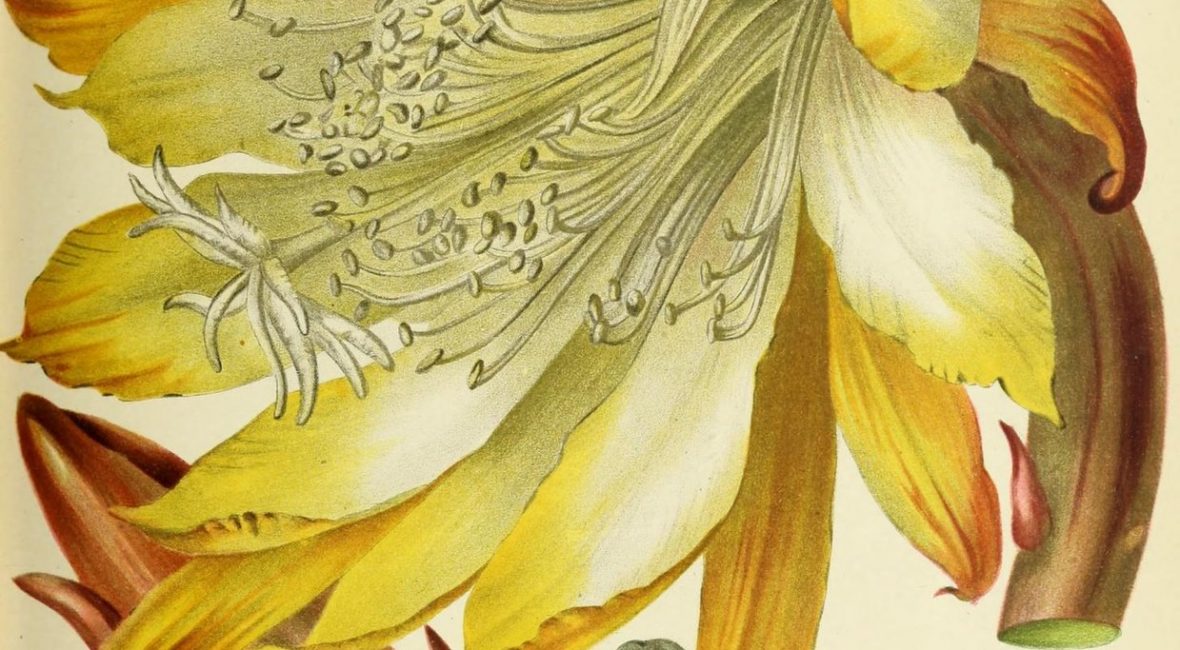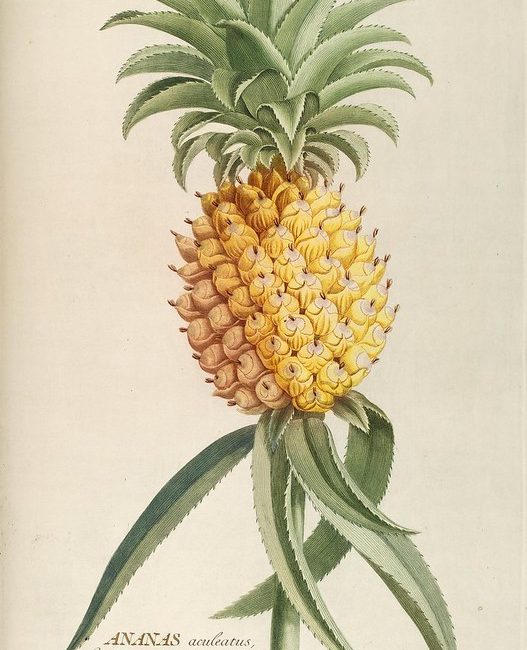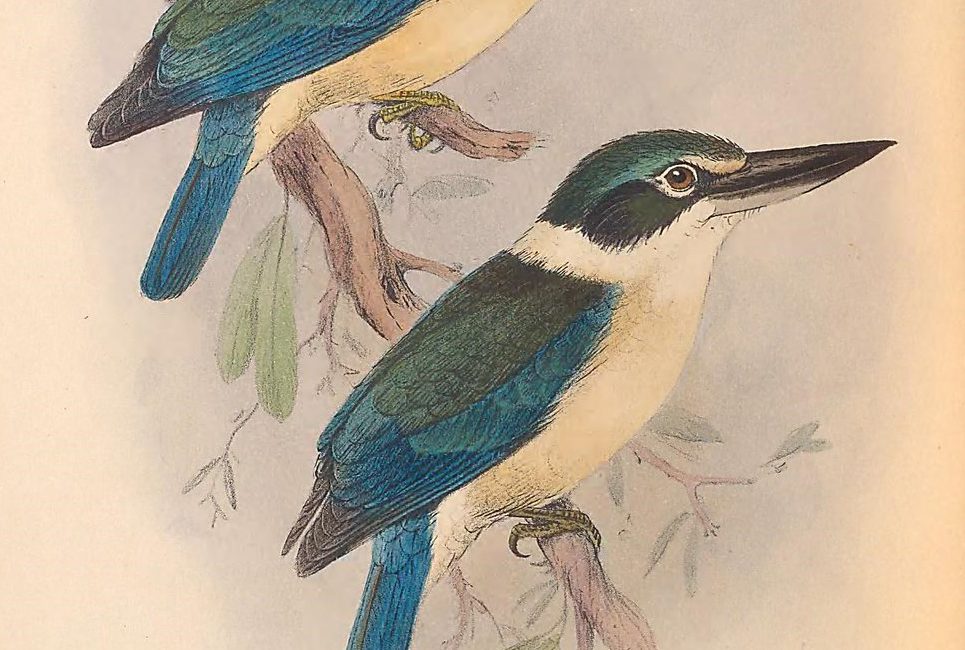I work as a web developer for the agency Cogapp, which is based in Brighton, UK. We create websites and other digital services for museums, art galleries, archives and the like, but every couple of months we hold a “hack day”. A hack day involves spending a day working on projects which generally revolve around a particular theme and which ideally we can do in one day. This allows us to get the creative juices flowing and to further our agenda of innovation.
The theme this past hack day at Cogapp was ‘Museum APIs’, but the looser interpretation was that we were to use open data provided by museums in our projects. I was inspired by the Biodiversity Heritage Library’s Flickr which is a massive collection of free-to-use scientific images. I immediately knew I wanted to utilise this resource as I love scientific illustrations of nature.
I’ve also had an interest in Machine Learning for a while and I recently discovered Derrick Schultz and his YouTube channel Artificial Images. Here he publishes videos of his Machine Learning courses which he runs for people who want to use ML for creative purposes.
I watched Derrick’s tutorials on training a StyleGAN Neural Network and the things he was saying made a degree of sense to me, plus he had published a handy Google Colab notebook with step-by-step code, so I decided it was something I might be able to have a go at.













